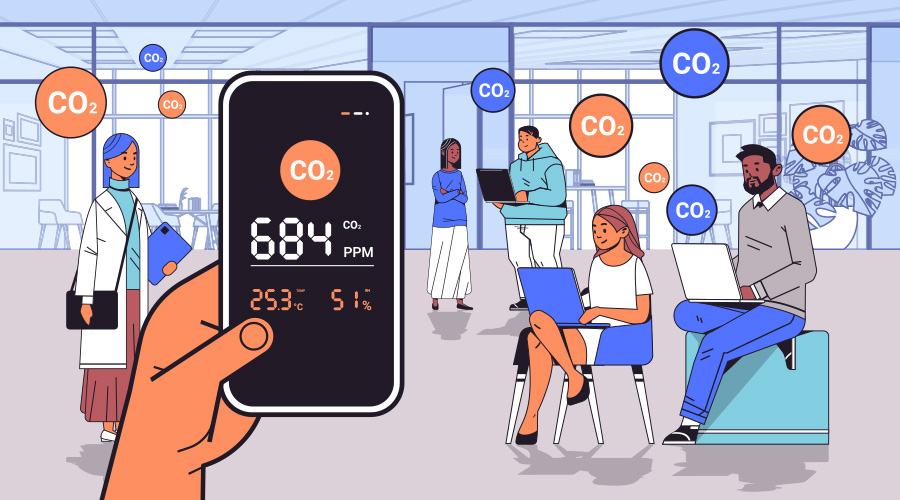Research: Green Products Can Release Chemicals
Preliminary evidence exists that green, low-emitting products still might cause increased chemicals in indoor environments, according to a recent study funded by Greenguard Environmental Institute (GEI)
Preliminary evidence exists that green, low-emitting products still might cause increased chemicals in indoor environments, according to a recent study funded by Greenguard Environmental Institute (GEI).
The study, conducted by Chi Phuong Hoang, a doctoral candidate at the University of Texas at Austin’s Civil, Architectural and Environmental Engineering program, revealed that green wall, flooring, ceiling and cabinetry materials can cause secondary emission of chemicals when exposed to naturally occurring ozone in the indoor air.
Many green materials are bio-based, so they can react with low levels of ozone that naturally occur in the air. Chi looked at 10 such bio-based materials. She found while the materials themselves did not emit volatile organic compounds (VOCs) into the indoor air, they reacted with ozone to create secondary emissions of VOCs. The three products that emitted the most secondary emissions were green ceiling tiles, natural cork wallpaper and wheat board.
Secondary emissions also occur when porous materials, such as upholstery, carpeting, and ceiling tiles, absorb primary emissions from high-emitting building products and materials and re-emit them into the indoor air. This is referred to as the VOC sink effect. To help avoid this problem, it’s good practice to apply wet products – paints, adhesives, and coatings – before installing porous materials.
The study indirectly reveals limitations of current measures of green products. Indoor air is a complex mix of chemicals, allergens and particles that react in ways that could potentially harm human health. While measuring the primary chemical emissions from products begins to address some of these issues, it does not adequately predict all of the chemicals that might be present in indoor environments.
For complete results of this study, visit the Greenguard web site.
Related Topics:











